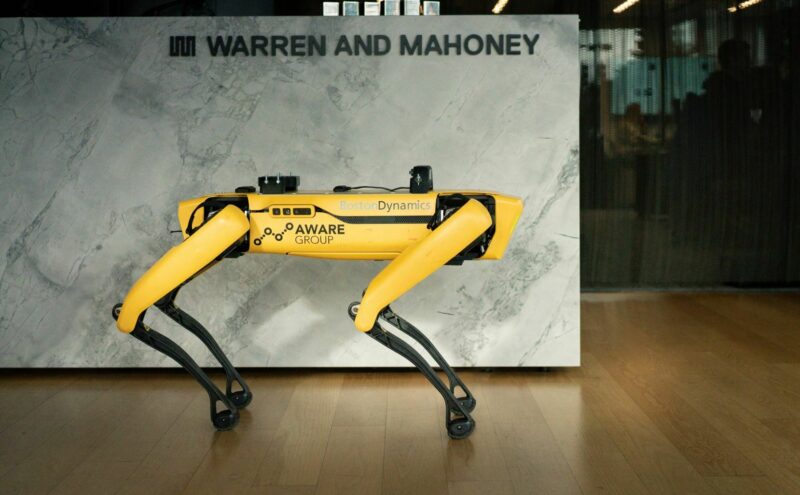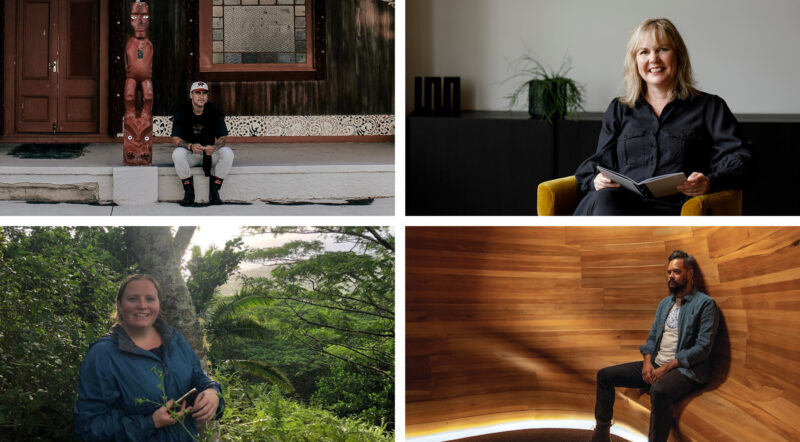Creating inclusive hybrid environments, where all team members can contribute equitability is at the heart of a new report launched by Six Ideas by Dexus and Warren and Mahoney. With hybrid working here to stay, this research project has resulted in a tangible framework for successful collaboration.
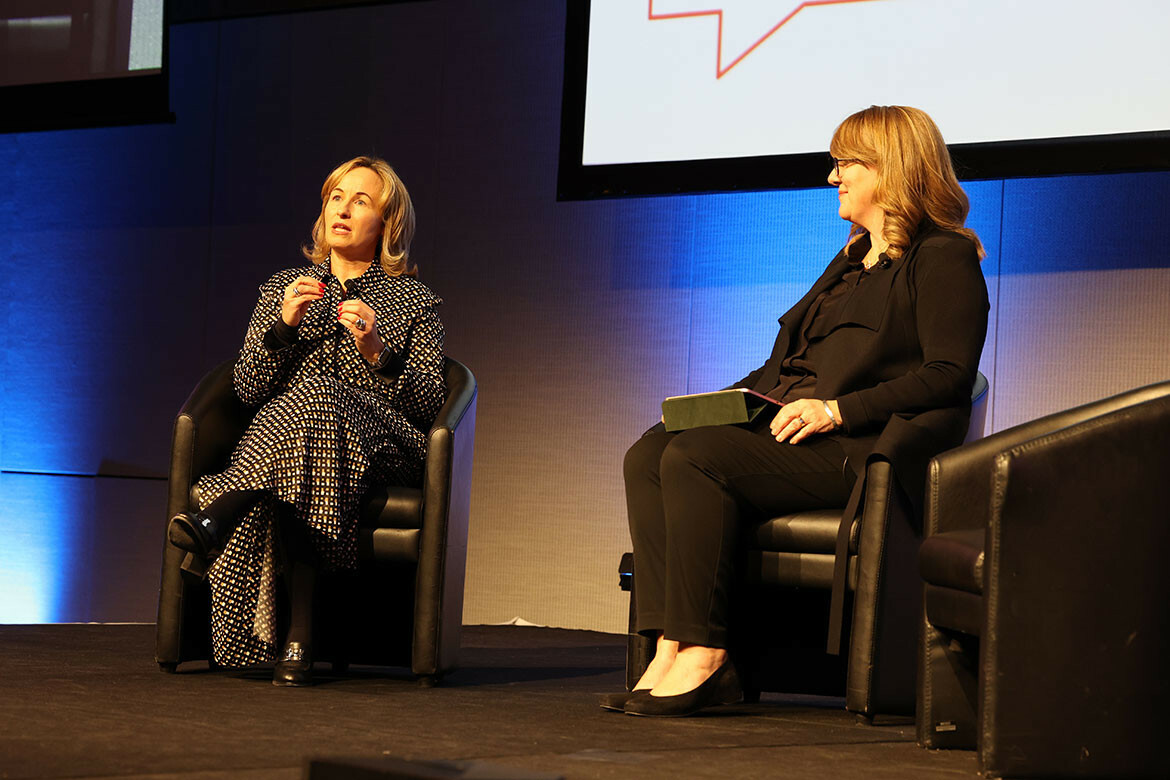
Held across a series of workshops and surveys over four months, this comprehensive research project involved more than 140 people from 11 different legal, local and state government consulting, design and scientific organisations.
While 56 per cent of the participants were in the commercial office five days a week before the pandemic, only six per cent expected to be back for full working weeks afterwards.
So with hybrid collaboration – defined as two or more people in the room and at least one person calling in from elsewhere – likely to continue far into the future, Dexus and Warren and Mahoney came up with the report: Hybrid collaboration: Industry research exploring limitations and solutions for distributed collaboration to address potential problems and provide guidelines on how to make it as successful as possible.
You can view and download the report here.
The research – an effort of collaboration in itself – identifies the key challenges for businesses seeking to achieve optimal hybrid collaboration, before applying rich industry experience and academic thinking to formulate the recommended framework.
Warren and Mahoney Principal, Tamara White, says through the findings of the research the team was able to land on a three-tiered framework to empower collaboration when working within a hybrid model.
“First is establishing a formal ‘hybrid etiquette’. As the saying goes ‘good manners are just a way of showing other people that we have respect for them’ and they are critical to successful hybrid collaboration.
“Nine guidelines for an ideal hybrid collaboration etiquette have been established. Simple things such as: nominating a facilitator; clarifying if a meeting is formal or informal; checking in to see if everyone can see/hear you adequately; and, nominating a way to capture ‘side conversations’ (for example, in Chat on Microsoft Teams) to ensure they’re not lost when the meeting disbands, can make a big difference to the hybrid experience.”
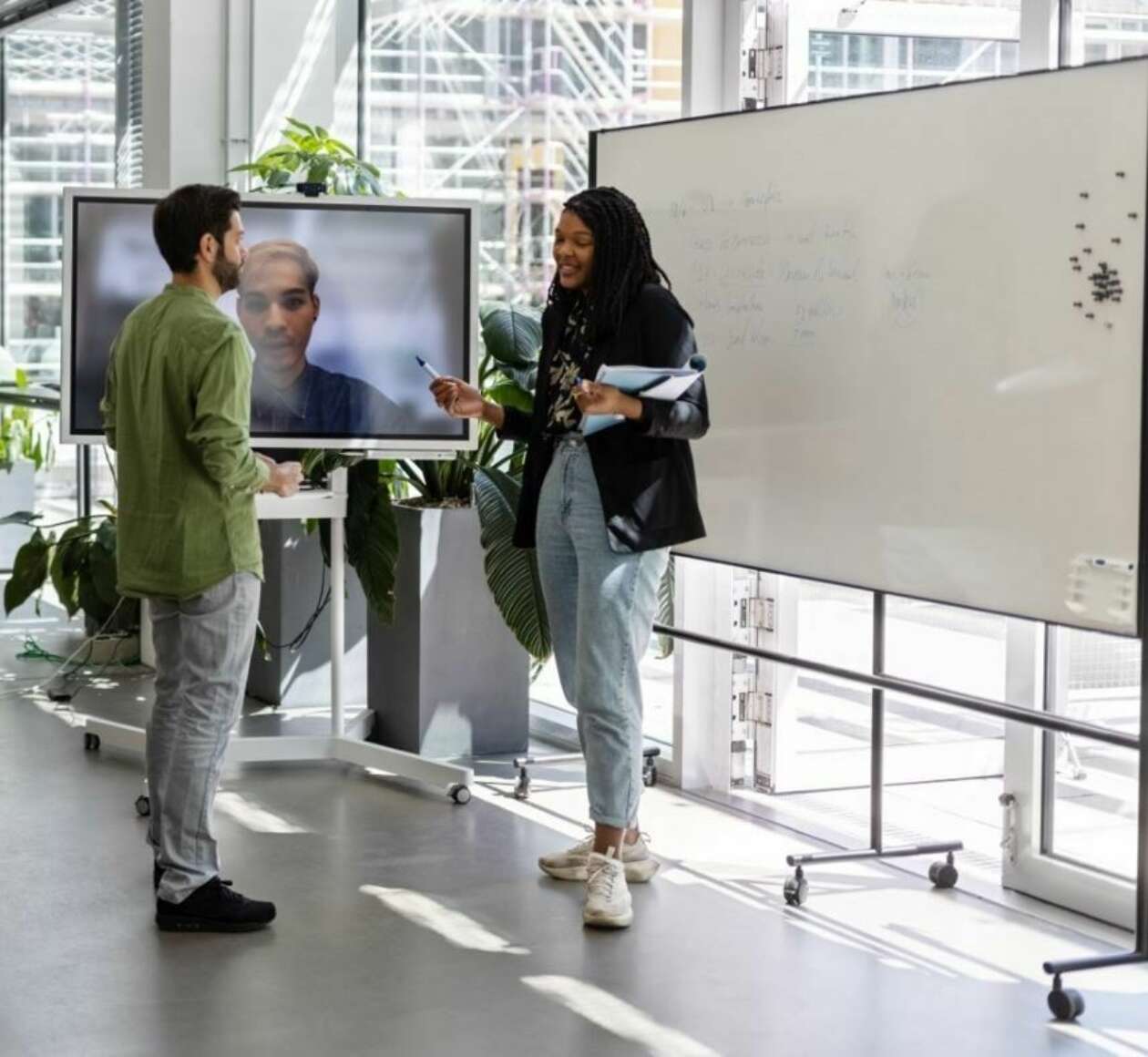
Tamara says that whilst this may seem like common sense, very few organisations had formalised guidelines to drive better hybrid experiences, despite the widespread dissatisfaction. “Simple fixes are often the most effective, so considering how an organisation can set parameters around etiquette is a step in the right direction.”
The second principle focuses on optimising the ‘hybrid environment’, which centres around creating considered and deliberate spaces with purposeful technology to be successful.
“It is important to recognise that integrated technology and spatial solutions haven’t kept pace with the rapid adoption of hybrid working. However, we can create successful solutions and environments through deliberate workplace design, with a focus on the quality, equity, variety, and flexibility of settings provided.”
“Finally, businesses that collaborate successfully and embrace a hybrid workplace model, will give ample consideration to creating the right ‘hybrid culture’,” says Tamara.
“An ‘early-adopter’ attitude and a supportive and open culture that accepts and embraces the future working model – rather than low digital literacy and a fixed mindset – will attract and nurture the best talent and foster a positive culture.
“Our research shows that organisations that embraced hybrid working as part of their culture are now more resilient to change, nimble to adopt new technology, and fundamentally better at collaboration in a hybrid working world.”
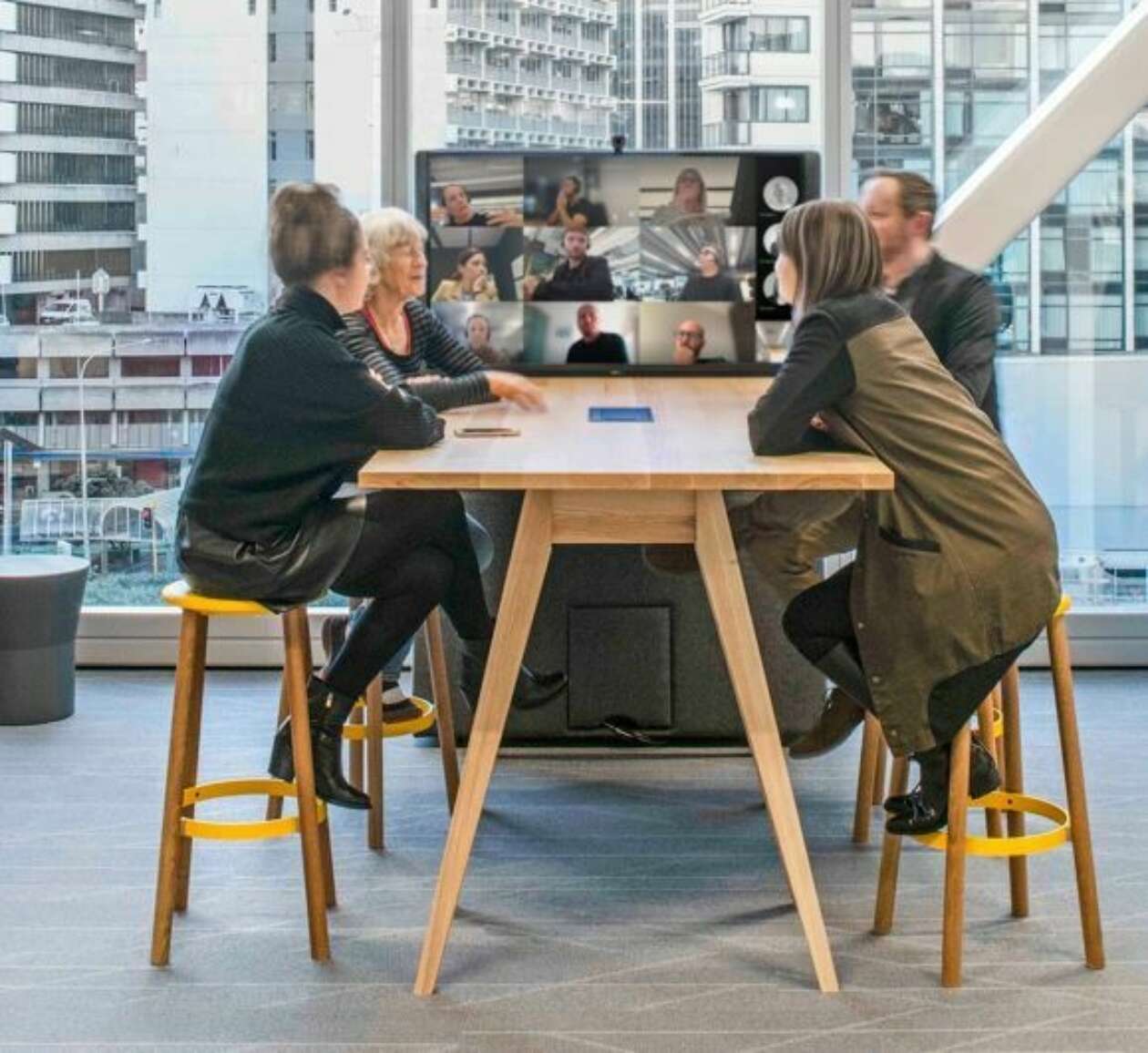
Six Ideas by Dexus Principal, Dr Kirsten Brown, says, "Prior to the pandemic, the best work and ideas often involved remote collaboration between organisations who really wanted to work together, regardless of physical constraints. In today’s workplaces, best practice in collaboration takes on a renewed focus as organisations adjust to a workforce with more flexible ways of working."
This study has revealed that many collaborators are having a second-rate experience when it comes to hybrid activities, from impromptu learning to formal meetings. However, with investment in optimising etiquette, environment and culture, the experience can be improved so organisations can fully leverage the power of collaboration and succeed in the hybrid workplace of the future.
You can view and download the report here.
To find out more:
Tamara White - Principal (Australia)
Asha Page - Associate Principal (New Zealand)
Dr. Kirsten Brown - Principal, Six Ideas by Dexus
These articles have been published in InDesign Live and Commercial Real Estate News

